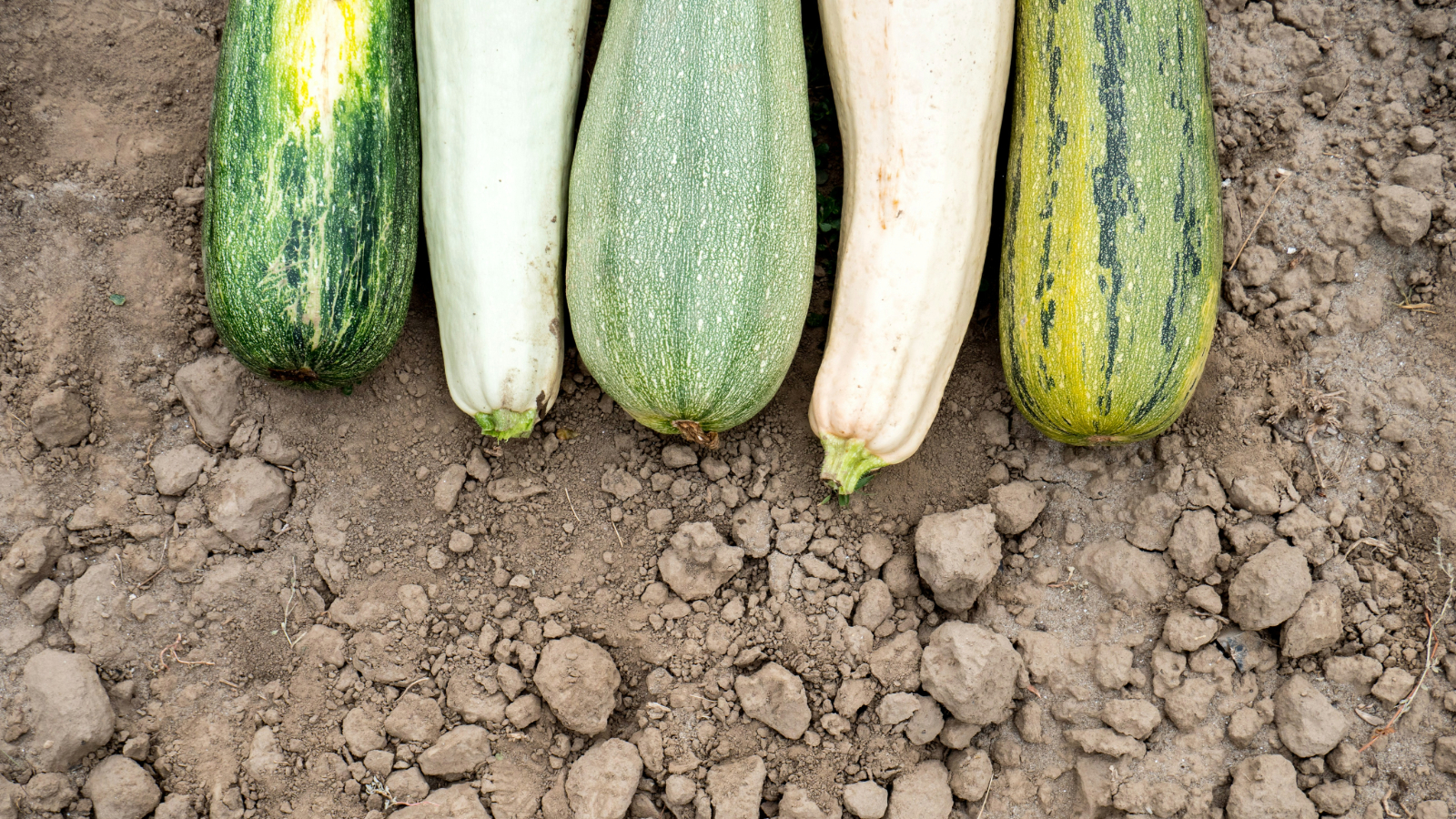
Nothing is more satisfying and self-sustaining than growing your own food – and what better way to continually reap the rewards of your labor than to harvest your very own seeds, too?
Zucchini, also known as courgettes, are a great, versatile plant for gardeners of any level. Even if you haven’t tried vegetable growing before, zucchini growing is simple and satisfying. Harvested zucchinis have a mild flavor that’s light and refreshing, that can also work as the perfect accompaniment to a salad, pasta, or casserole.
Learning how to grow zucchini is pretty simple, and fortunately so too is collecting seeds from this popular crop. Here, I spoke to one expert to ask them for their best zucchini seed harvesting tips.
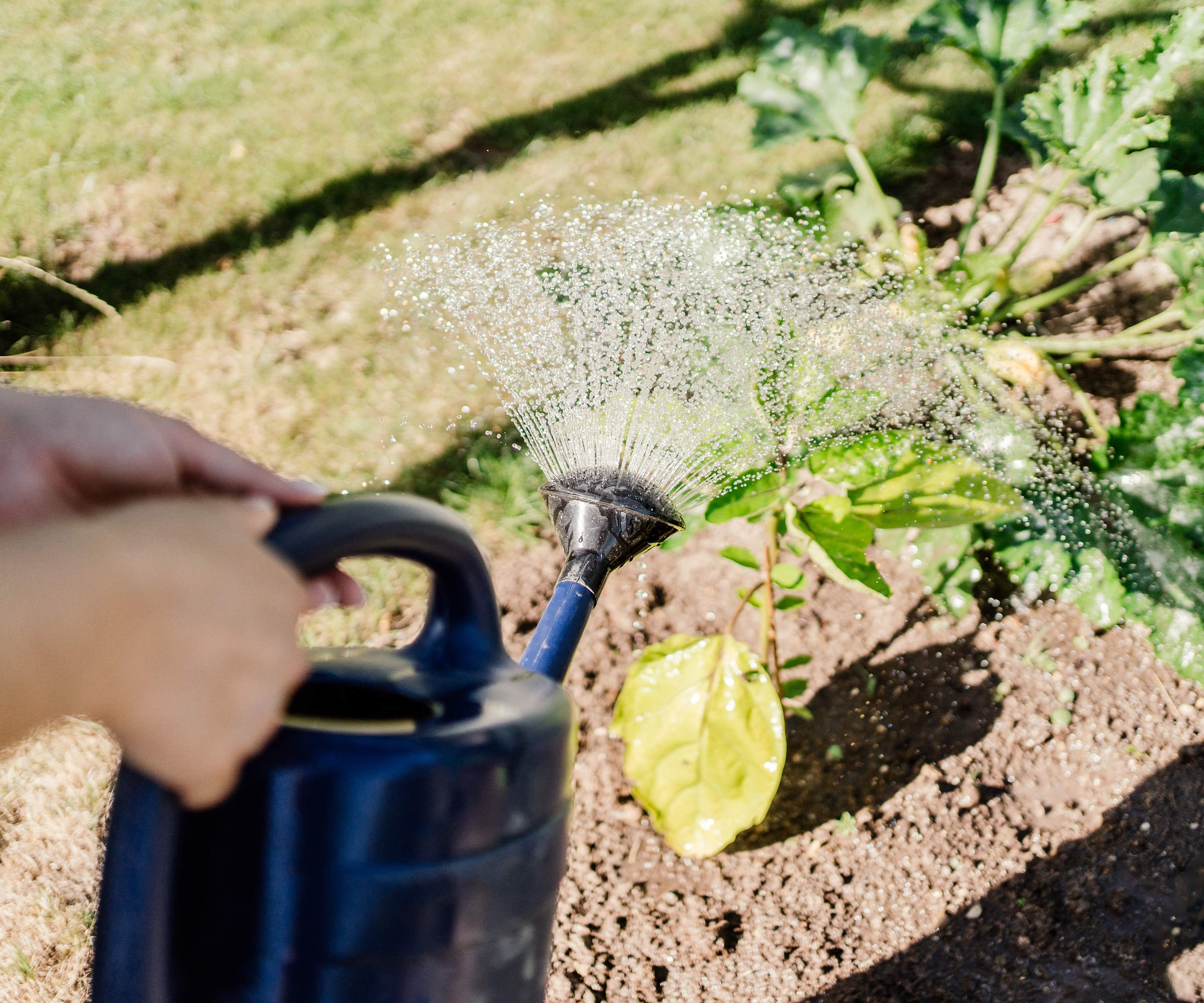
How To Harvest Zucchini Seeds – Step-By-Step Guide
From knowing when your zucchini is at its prime for harvesting to how to store its seeds for optimum freshness, this step-by-step guide will teach you all you need to know.
1. Harvest your zucchini
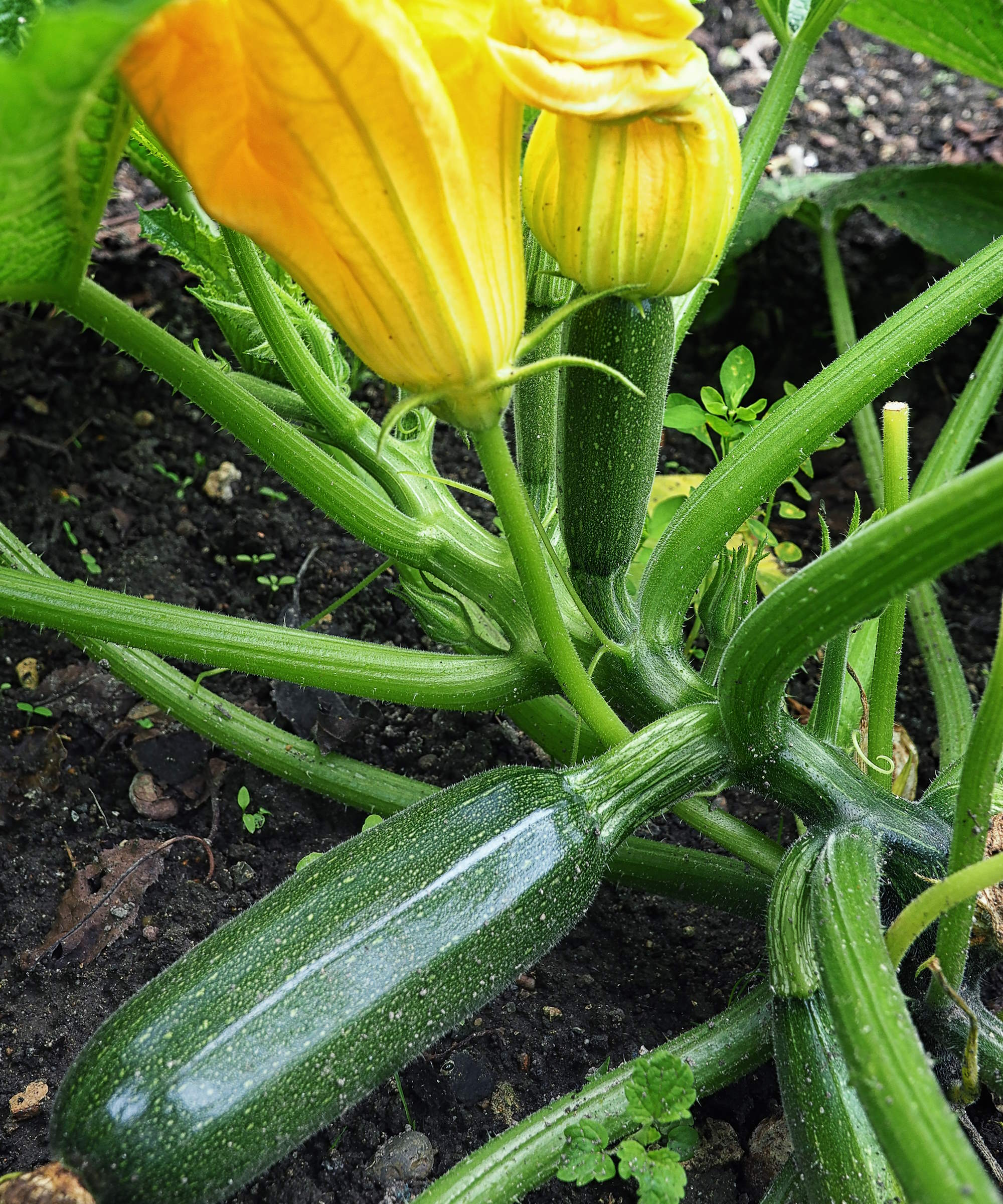
Whether you grow zucchini in containers or beds, you can't begin to gather your top-tier zucchini seeds without first harvesting a few zucchini. You will know that your zucchini is in its optimal state for seed harvesting when it 'stops growing any larger and its skin becomes hard like a pumpkin,' says Anne Fletcher of Orta Seed Pots.
You can wait for this to happen while the zucchini is still attached to its plant, but it's recommended to harvest the zucchini earlier than this. Keep it isolated and wait for it to mature past its natural eating stage (when the skin is softer).
Harvest your zucchini using a pair of gardening pruners, such as these Felco snips from Walmart. Snip one or two inches down the stem away from the fruit. Doing this will help to prevent any accidental damage, but if you're still concerned about harvesting your zucchini safely, read our guide on how to prune zucchini.
2. Slice and scoop
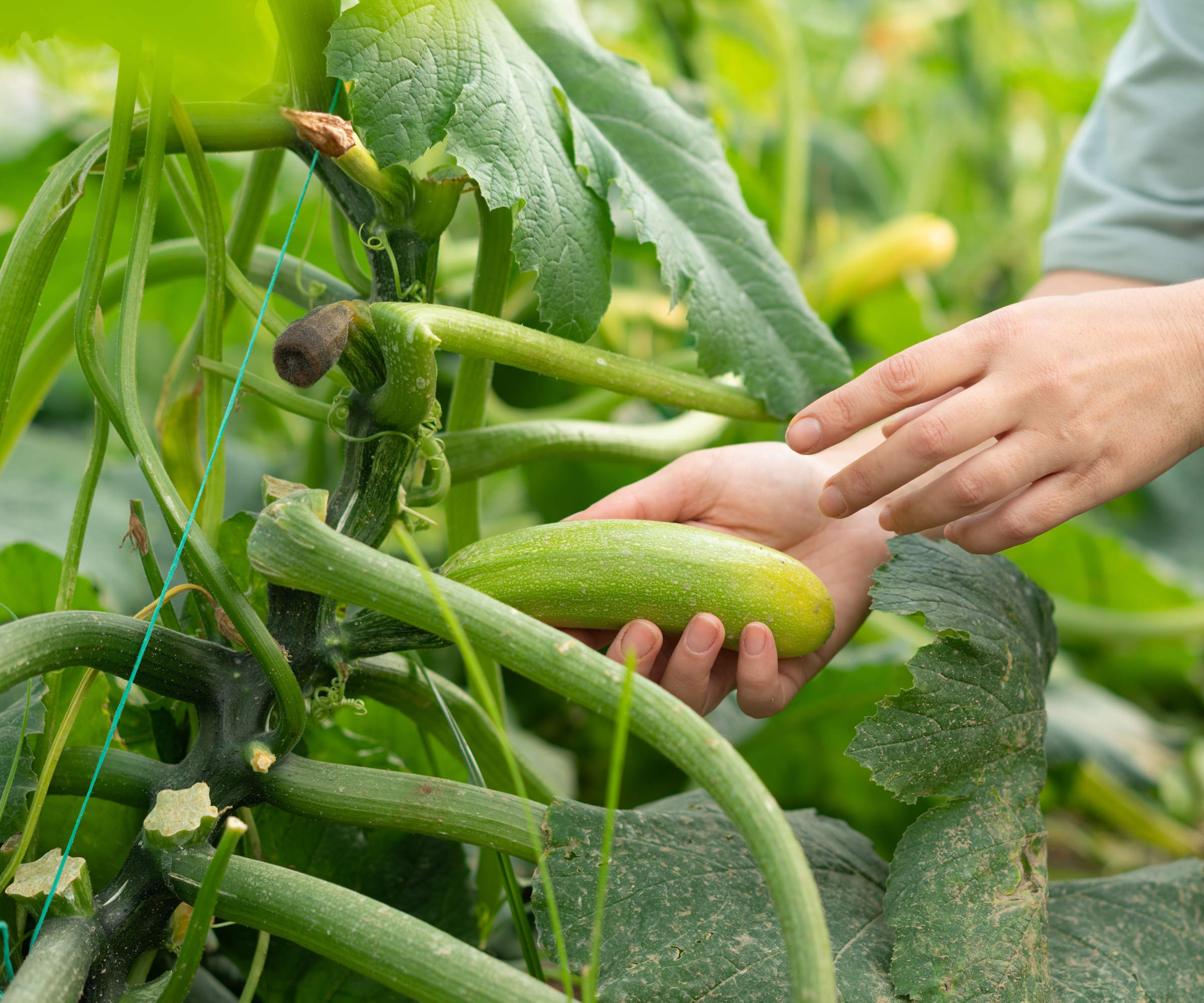
Once your zucchini has matured, it's time to start collecting its seeds. This will depend on your US hardiness zone but is typically anytime from July to October. Since the skin of your zucchini will have hardened, you need to be especially cautious during this step as the fruit won't be easy to cut into.
'Cutting into a zucchini is tough and awkward, so be careful,' says Fletcher. 'I recommend using a heavy-duty kitchen knife for the job.'
Cut your zucchini by slicing five-inch distances along the fruit's length. There isn't a specific width to aim for here, it's just important to make sure you aren't slicing the fruit too thinly as then you will be breaking the seeds. Chopping off chunks that are too large won't do any harm but it will make the pieces more difficult to work with.
Once you have a bunch of long zucchini pieces, slice each piece in half to expose the seeds.
'The zucchini innards are slippery, gritty, and soft enough that even kids can scrape them out with a metal spoon,' says Fletcher. Grab a bowl and a spoon, then get to scraping! The zucchini seeds are found in a shape that looks like a little channel, the perfect shape to run your spoon along.
You can save the rest of your over-ripe zucchini to make compost.
3. Fermenting your seeds
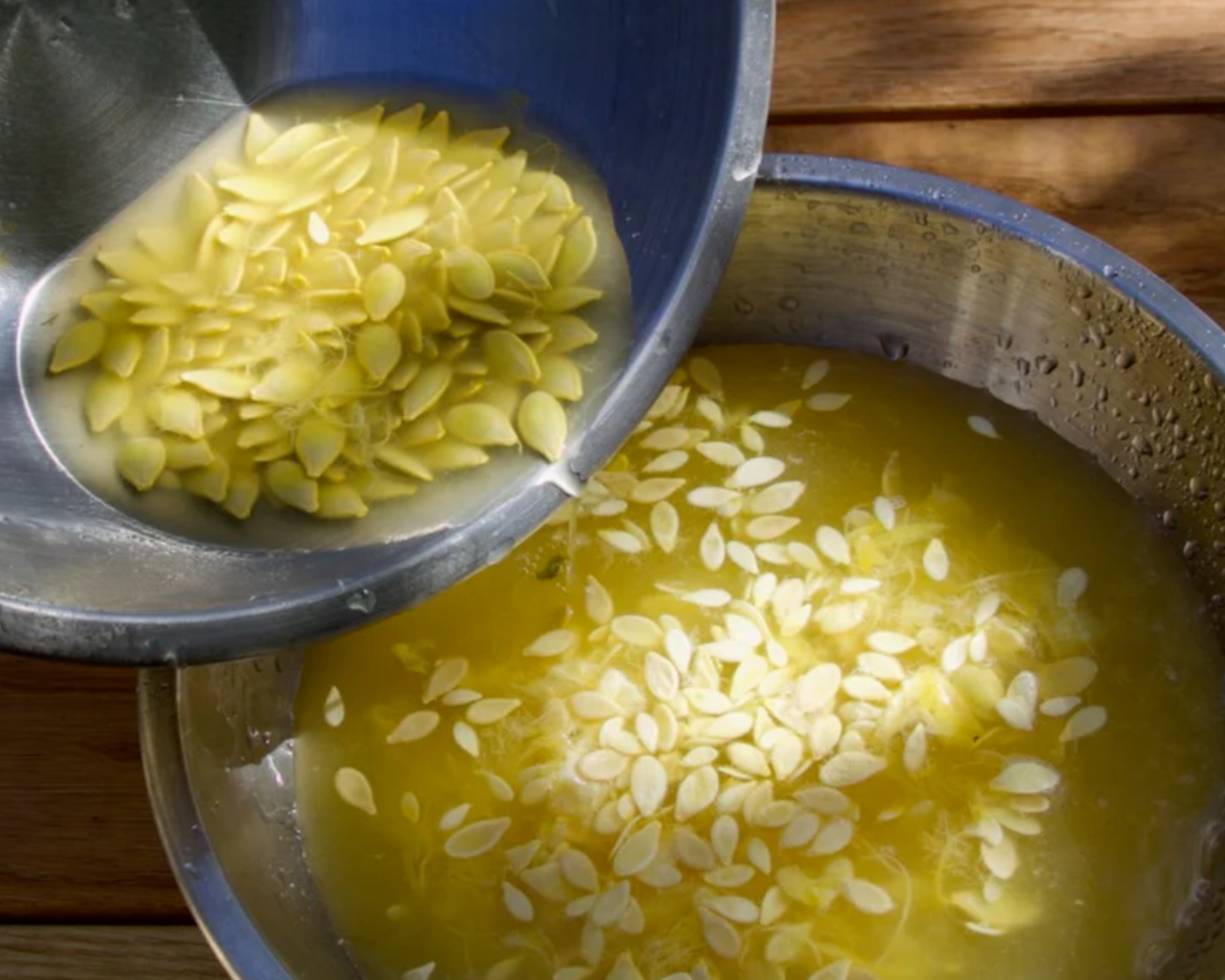
Fermenting zucchini seeds is a far from glamorous-looking job, and if you're doing it right it will actually begin to smell sour. That being said, fermentation is a vitally important step in the process of harvesting the best zucchini seeds.
'Fermenting will clean the dirt and mess off of your seeds and improve germination,' says Fletcher. 'It will also help to show you which seeds are viable to continue growing the best-tasting zucchini crops.'
To ferment your zucchini seeds, fill the bowl you scooped your seeds into with some water. It's recommended to add enough to not quite completely cover everything in the bowl.
After your seeds have fermented, typically after one to two days, you will notice a sour smell and that the thickness of your gunky seed mixture has loosened in the bowl. Some seeds will have also begun to float up to the top.
Fletcher says, 'The good seeds are heavy and will sink. Everything else will float, including the empty shells of bad seeds. Add a bit more water to the fermented slurry mixture in your bowl to see which seeds start floating.'
4. Dry out the seeds
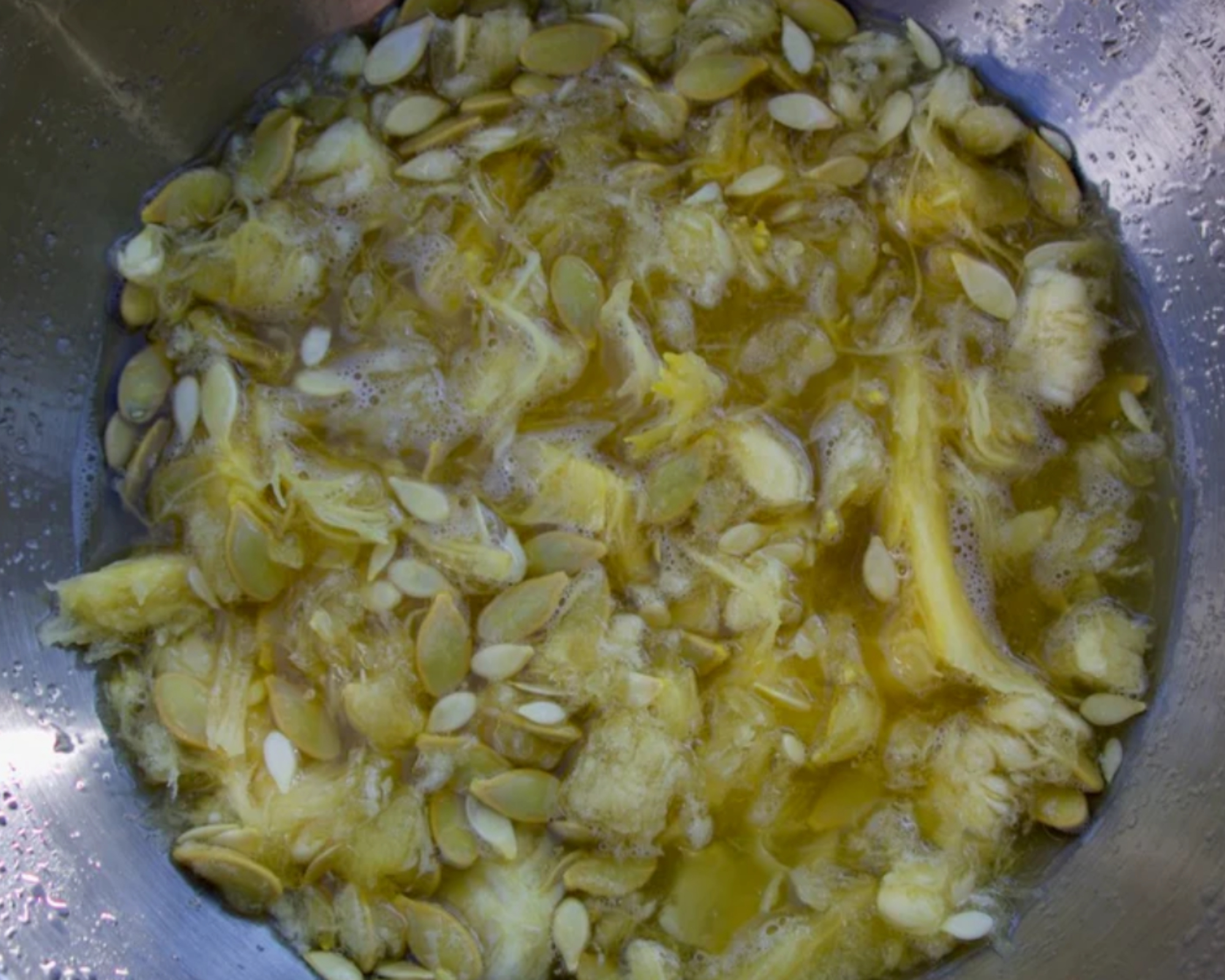
Discard the floating seeds and carefully gather up the ones remaining at the bottom of your bowl. Once you've obtained all viable seeds, rinse them in a fine-mesh sieve under the tap to remove residue, then lay them out onto paper towels to air dry.
'Rotate your drying seeds frequently to make sure you don't leave any damp spots that can cause the seeds to spoil,' says Fletcher.
When your seeds are completely dry (between 36 and 48 hours later), you can store them in an air-tight glass container or paper seed packet in a cool, dry place such as your pantry. If stored correctly, these seeds should remain in peak condition for growing for one year.
Shop Harvesting Gear

Pruning has never come with as much comfort as using this tool. The addition of an easy-open lock feature allows the user to lock the sharp end of the tool safely shut.
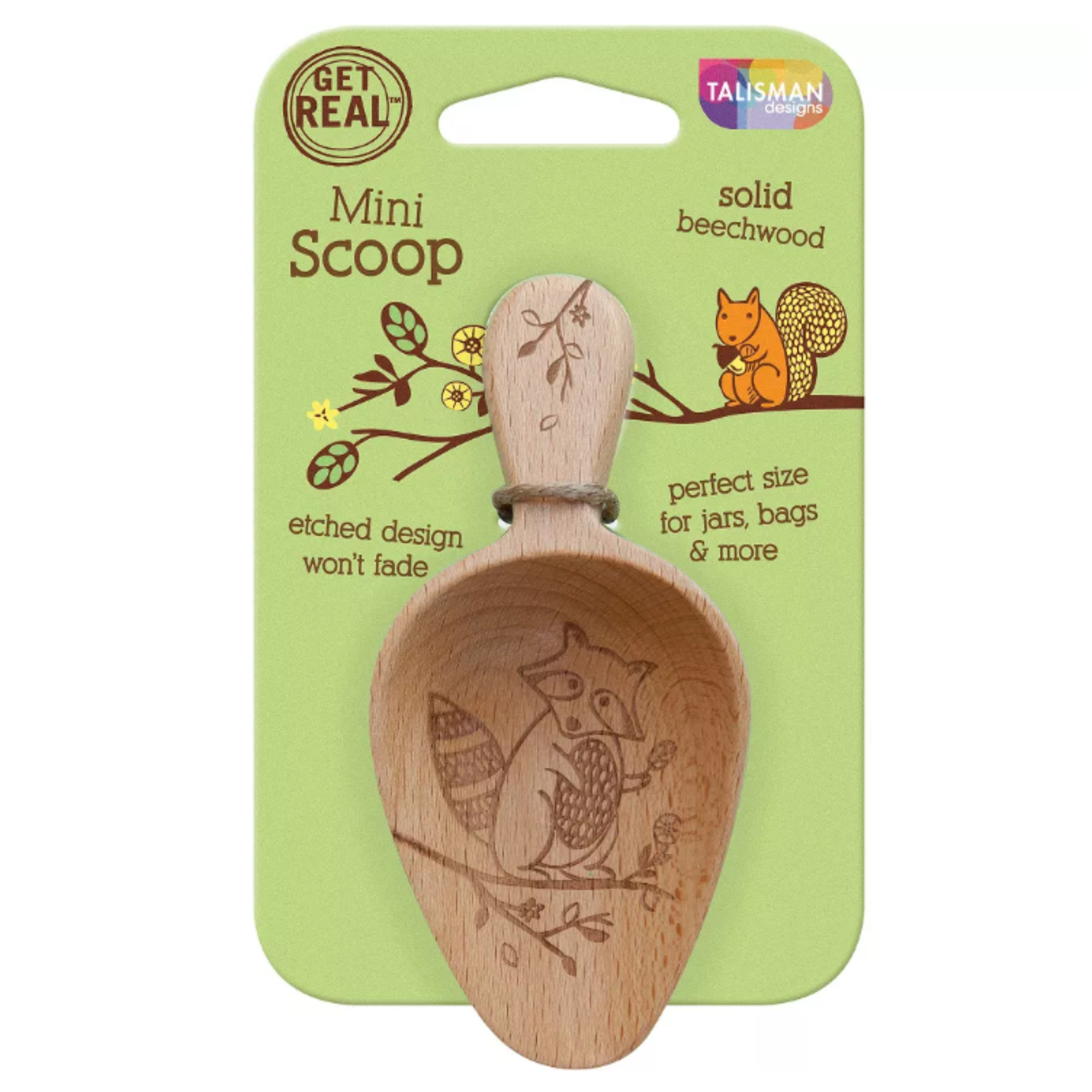
This adorable scoop is the perfect accompaniment to harvesting and storing seeds. Use it to scrape seeds out of your produce or to tip your dry, ready seeds into an air tight jar.
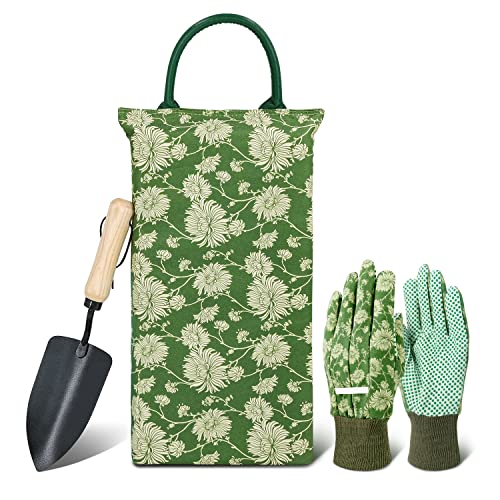
Gather your outdoor zucchini in comfort and style with this gorgeous gardening gift set. An ideal present for any gardener in your life (yourself included).
Now you know how to harness the full potential of your zucchini crop, why not plant a few zucchini companion plants? Adding companion plants is a clever way to combat and repel pests without the need for any chemicals and pesticides. Plants such as calendula or marigolds are known to deter aphids and whitefly.







